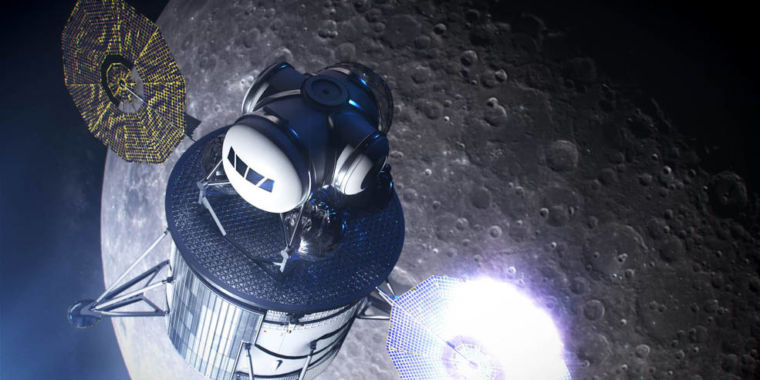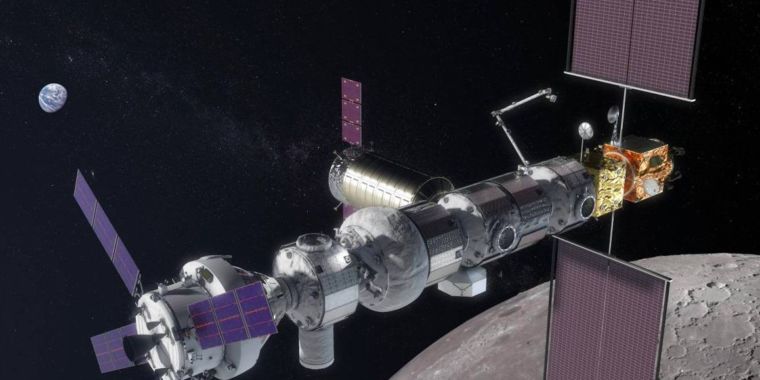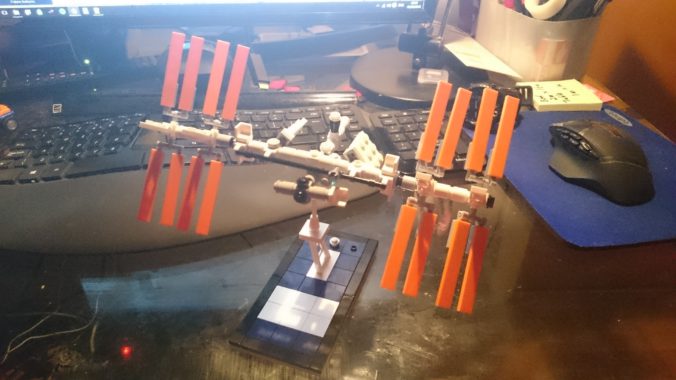I am a bit of a SciFi geek. I like good “speculative fiction” in whatever the form. And when it comes to TV and Film I do love me a good space ship landing. It’s great when a director takes the time and effort to do a good landing. You get to see the transition from a stable orbit, down the gravity well, and onto the surface of an unknown world. This is spectacle, this is dramatic. And it is something that only SciFi can do. Though of course not all Sci Fi does do it. Star Trek typically just has its characters appear on the surface of a world – famously for budgetary reasons.
I wanted to show three great examples of the evolution of the art of the spacecraft landing from film. Each one uses the landing to make a transition in the story. They all go for an approach that emphasisies technology, and at least a passing claim to realism. Landing a space craft is a serious business, undertaken by serious trained professionals. They are there to do a job, and they will do it properly, because that is what will maximise the success of the mission.
First up is the Saucer Landing from Forbidden Planet – 1956.
The professional crew of the UniteD Planets cruiser skillfully take their ship down to the surface of an unknown world. Of the three it is the most high-tech ship even if the production is the most dated! Bonus points if you recognised Leslie Nielsen.
Second up is Aliens 1986.
The planet landing is a staple of the Alien franchise. It is never a trivial thing for the crew to do. And it marks the transition where the nervous but determined characters are comitted to the unknown on the ground. Its clear there is no simple way back now. “Aliens” is the most militarised of the Alien films. The military trope of the invasion or beach landing is is similar but different to the space craft one. Aliens brings them both together. The clipped chatter of the pilot, the rugged ship, all tell the story of going from the space environment to the planet. This is a job for professionals, and that is what these people are.
The last example is one of my favourites. But I am cheating a bit. It is not from a work of fiction. It is Neil Armstrong and Buzz Aldrin landing on the moon in First Man 2018.
Yeah this is a dramatisation of how the lunar landing actually happend in 1969 (almost mid way between the two fictional depictions). The presentation is modern (do blow up the 4k video if you can), with close up personal camera shots, only one long shot of the space craft descending, and an excellent athmospheric sound track. But it is a classic space craft landing sequence.
The crew have to get from orbit to the surface. They have a ship that is built for the job, and they are the professionals at operating it. What they will find when they get there is important, but right now the focus is on the flight from space to the ground. It is made clear to the viewer that this is not a trivial process. It is going to need a spohisticated machine, capably operated by experts. It just happens in this case the depiction is of a real event!
I will finish with a side note . I am not a writer, but I suspect that the TV Tropes website makes many authors, and script writers cry. It’s a very comprenhensive listing of every plot device, story line, and narrative element there is out there. If you can think of it, then TV Tropes can probably show you dozens of examples of it in use. I did some digging there, but I have not been able to find a Trope listing for the space craft landing!








Recent Comments